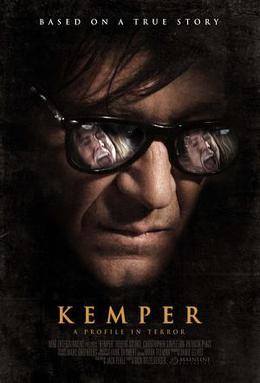First released in 2014, Jailbait tells the story of Anna Nix (Sara Malakul Lane).
Anna is a teenager who loves to play the cello, largely because it allow her a mentally escape from her abusive homelife. When her stepfather sexually assaults her, Anna pushes him back and he ends up hitting his head on a wall and promptly dying. After her own mother testifies that Anna is lying about the abuse she suffered at the hands of her stepfather, Anna is sent to a juvenile prison.
Warden Frank Baragan (Steve Hanks) has a quick smile and a dorky sense of humor and he might seem earnest and supportive when he tries to encourage Anna to play her cello at the prison talent show but he quickly reveals himself to be as much of a perv as Anna’s stepfather. Warden Frank is willing to help Anna but only if she does things for him. (You can guess what things.) And, even when Anna complies, Frank makes it clear that there’s no way he’s going to support her efforts to get parole.
There’s a lot to deal with in this prison. Anna’s cellmate, the well-meaning Genie (Jennifer Robyn Jacobs), may love her but Genie can only provide so much support. Meanwhile, gang leader Kody (Erin O’Brien) provides Anna with protection but only as long as Anna follows orders. (Kody even forces Anna to get a tattoo identifying her as being a part of the gang.) As soon as Anna tries to get away from Kody, she finds herself targeted. Anna soon starts smoking and then injecting drugs, becoming an addict who is continually sent to the dark, dirty, and vermin-infested isolation cells, where no clothing is allowed. (Yuck! If I was ever on one of those Scared Straight shows, all of that would be enough to keep me out of prison.) Will Anna be able to survive long enough to not only impress the other prisoners with her cello skills but also to expose the corrupt warden?
Released by The Asylum, Jailbait hits all of the usual women-in-prison movie beats. It’s definitely a sordid film, one of those movies where everyone somehow still looks good despite living in a filthy prison and only getting to take a shower once or twice a week. (Occasionally, someone will get a smudge of dirt on their face but considering the amount of time that many of the characters spend locked away naked in a filthy cell, everyone still looks remarkably clean and healthy.) That said, Jailbait was still better than I was expecting, largely due to the performance of Sara Malakul Lane, who didn’t let the fact that she was starring in an exploitation film keep her from giving a fully committed performance. She gets strong support from Jennifer Robyn Jacobs, Erin O’Brien, and especially Steve Hanks. (Oh, how you will hate the Warden!) Director Jared Cohn is a veteran when it comes to directing on a low budget and he keeps the action moving quickly.
Don’t get me wrong, of course. The film has its flaws. I’ve read a few comments online from some people who felt that the cello scenes were not convincing. I’ve never played the cello so, to be honest, I really wouldn’t know. But, with all that in mind, this film is far better than I would expect any film called Jailbait to be.
